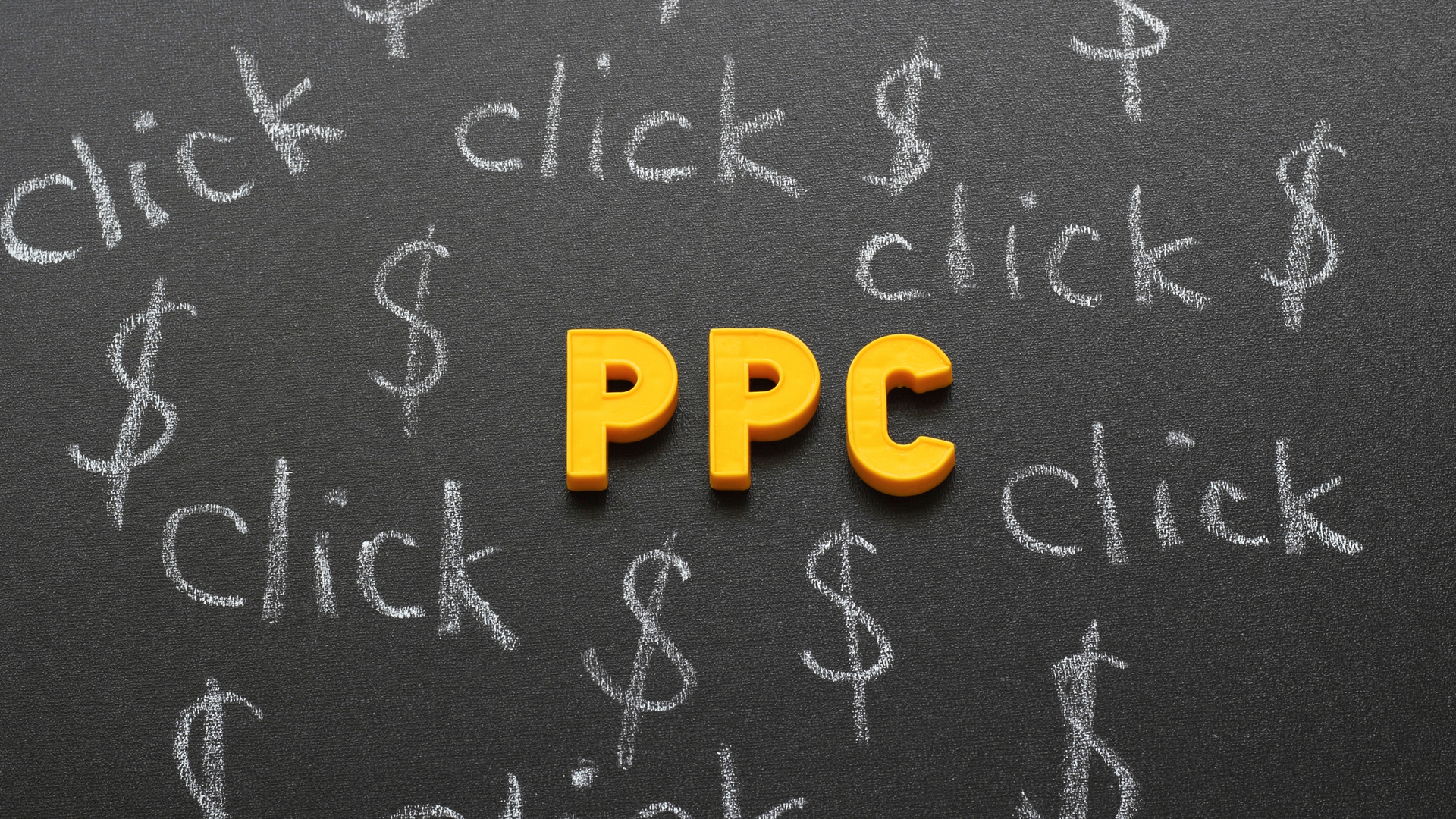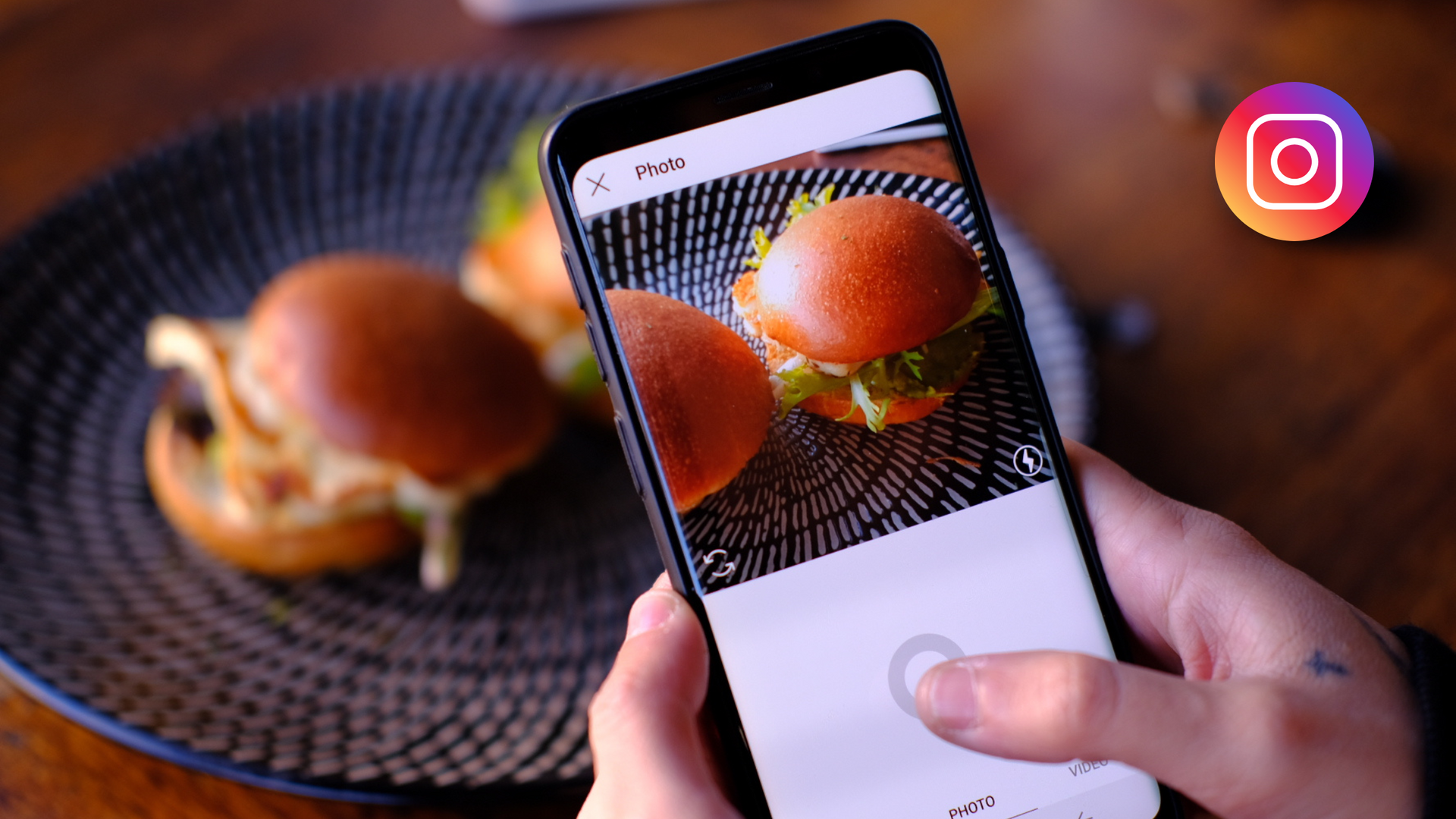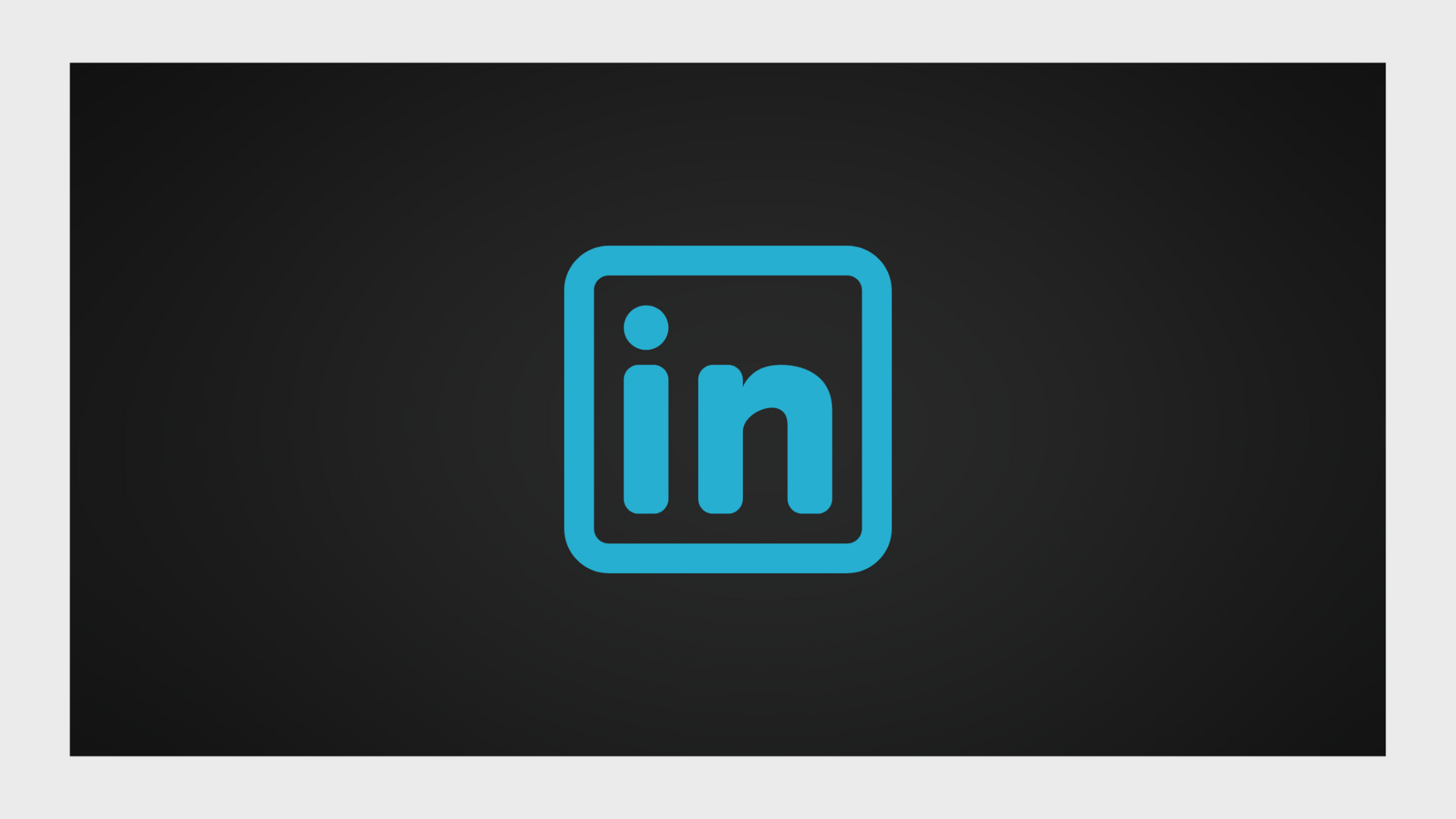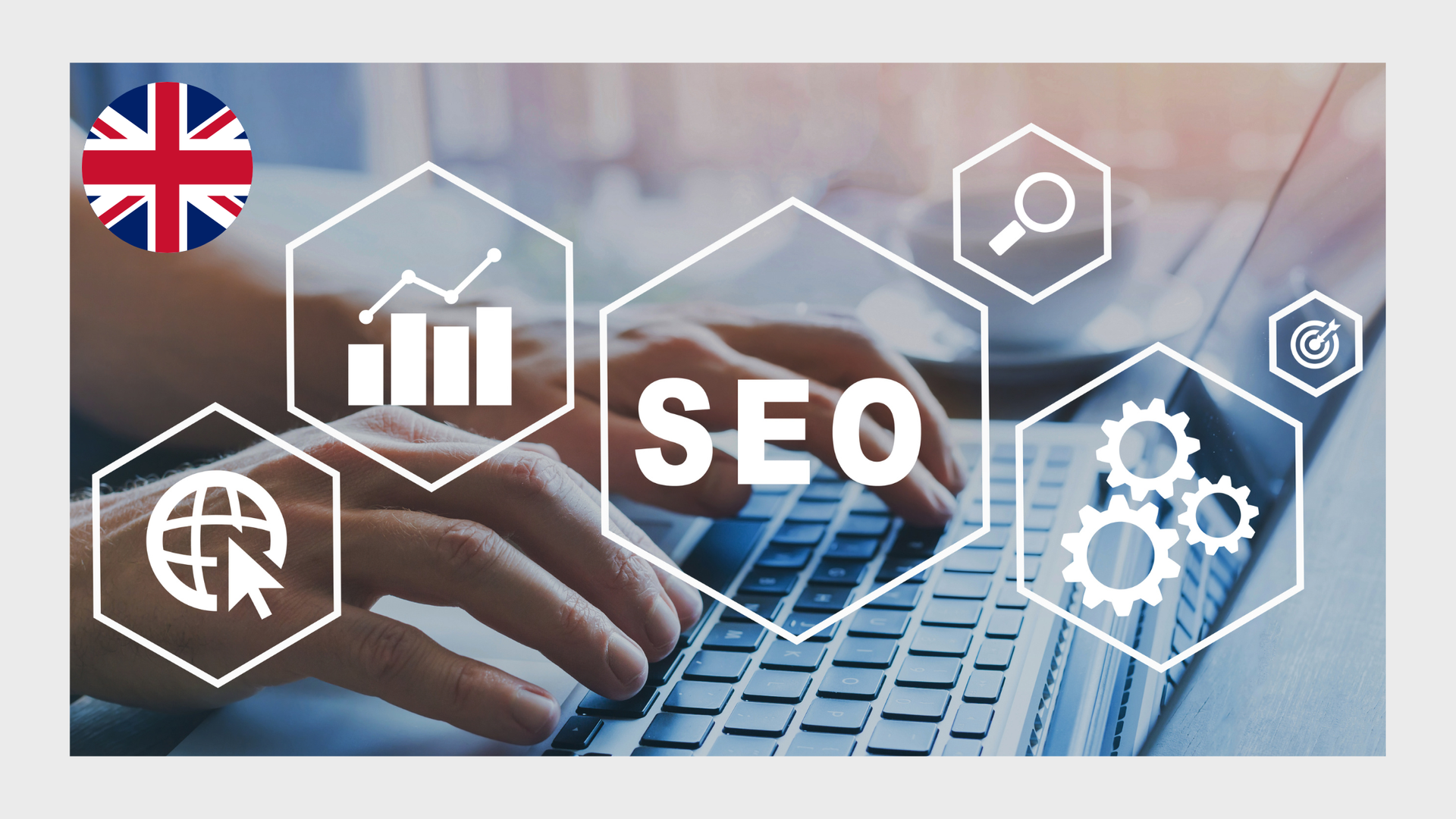Why Are Web Design and SEO Critical for Online Success?
In today's fiercely competitive digital landscape, having a mere online presence is no longer enough. At Social Media Time, we've observed that businesses often struggle to understand why their websites fail to generate leads or conversions despite significant investment. The answer typically lies in two fundamental elements: web design and search engine optimisation (SEO). These components work in tandem to determine your website's visibility, functionality, and, ultimately, your business success online.
The Symbiotic Relationship Between Web Design and SEO
Web design and SEO are not separate entities but rather two sides of the same coin. Think of your website as a physical shop – web design represents the layout, aesthetics, and customer experience within your store, while SEO acts as the signage, location, and advertising that drives people to your doorstep. When harmoniously integrated, they create a powerful foundation for achieving online success.
Many businesses make the mistake of prioritising one over the other. Some invest heavily in creating visually appealing websites without considering how search engines will interpret them. Others focus entirely on SEO tactics without ensuring their website offers a positive user experience. At Social Media Time, we understand that both elements must work together to create a website that not only attracts visitors but converts them into customers.

The Critical Role of SEO in Online Visibility
Understanding Search Engine Optimisation
Search engine optimisation encompasses all activities aimed at improving a website's visibility on search engine results pages (SERPs). When your potential customers search for products or services you offer, appearing prominently in search results dramatically increases your chances of capturing their attention.
But why is this visibility so crucial? Consider this: approximately 68% of online experiences begin with a search engine, and the first five organic results account for 67.6% of all clicks. If your website isn't optimised for search engines, you're essentially invisible to a significant portion of your target audience.
Components of a Comprehensive SEO Strategy
A robust SEO strategy encompasses several key elements:
- Technical SEO: This foundational aspect ensures your website's structure is accessible and understandable to search engines. Elements like site speed, mobile responsiveness, and proper indexing fall under this category. Technical SEO provides the infrastructure upon which all other SEO efforts are built.
- On-Page SEO: This involves optimising individual pages to rank higher and earn more relevant traffic. It includes careful keyword optimisation of content, meta descriptions, title tags, and headers. On-page factors signal to search engines what your content is about and for which search queries it should appear.
- Off-Page SEO: This refers to activities conducted outside your website to enhance your site's SEO performance. Link building, social media marketing, and guest blogging help establish your site's authority and trustworthiness in the eyes of search engines.
- Local SEO: For businesses serving specific geographical areas, local SEO ensures visibility to nearby customers. This includes optimising your Google Business Profile, local keywords, and obtaining location-specific backlinks.
The algorithms governing search rankings are constantly evolving, with Google making thousands of updates annually. This dynamic environment necessitates an adaptive approach to SEO. At Social Media Time, we continuously monitor these changes to ensure our clients' websites maintain and improve their search engine rankings over time.
Why Web Design Is More Than Just Aesthetics
User Experience: The Heart of Effective Web Design
While a visually appealing website captures attention, it's the overall user experience that converts visitors into customers. Web design directly influences how users interact with your content, how easily they find information, and, ultimately, whether they decide to engage with your business.
Consider these statistics:
- 38% of people will stop engaging with a website if the layout is unattractive
- 88% of online consumers are less likely to return to a site after a poor experience
- The average user forms an opinion about your website in just 0.05 seconds
These numbers highlight why user-friendly design is non-negotiable for business success online. Effective web design creates intuitive navigation pathways, ensures content is easily digestible, and removes friction from the conversion process.
Mobile Responsiveness: No Longer Optional
With mobile internet usage accounting for approximately 55% of global web traffic, responsive design has shifted from a luxury to a necessity. Mobile-friendly sites not only cater to user preferences but directly impact your search rankings, as Google predominantly uses mobile-first indexing.
A responsive website automatically adapts its layout and functionality to provide an optimal viewing experience across all devices. This adaptability ensures that whether your visitors are browsing on a desktop, tablet, or smartphone, they'll enjoy consistent quality and usability.
Site Speed: The Silent Conversion Killer
In our fast-paced digital world, patience is scarce. Research shows that 53% of mobile users abandon sites that take longer than three seconds to load. Every second delay in page response can result in a 7% reduction in conversions.
Site speed isn't just about user satisfaction—it's also a significant ranking factor for search engines. Techniques for improving loading times include:
- Image optimisation
- Minimising HTTP requests
- Leveraging browser caching
- Reducing server response time
- Implementing content delivery networks (CDNs)
At Social Media Time, we prioritise performance optimisation in our web design process, ensuring your site meets both user expectations and search engine requirements.
How Web Design Supports SEO Efforts
Structural Elements That Enhance SEO
The architecture of a well-designed website contributes significantly to its SEO success. Consider these critical elements:
- Clean Code: Web developers should produce streamlined, efficient code that search engines can easily crawl and interpret. Bloated or messy code can impede indexing and negatively impact loading times.
- URL Structure: User-friendly URLs that incorporate targeted keywords enhance both navigation and search engine rankings. They should be logical, descriptive, and concise.
- Website Navigation: Intuitive site structure helps both users and search engine bots understand your content hierarchy. A well-organised navigation system improves user engagement while facilitating proper indexing.
- Schema Markup: This technical SEO element helps search engines understand the context of your content, potentially enhancing how your listings appear in search results.
- Internal Linking: Strategic linking between related pages strengthens your website's structure and helps distribute page authority throughout the site.
When web designers and SEO specialists collaborate from the beginning of a project, they can create websites that are both aesthetically pleasing and technically optimised for search engines.
Content Implementation Through Design
Even the most SEO-friendly content will fail if it is poorly implemented through design. Consider how design choices affect content effectiveness:
- Font selection and text size impact readability
- White space and layout guide the user's attention
- Content formatting (bullet points, subheadings, etc.) enhances scannability
- Strategic placement of calls-to-action influences conversion rates
A comprehensive content strategy must account for both SEO requirements and design best practices. This integration ensures your content not only ranks well but also effectively communicates your message and drives desired actions.
The Impact of User Engagement on SEO Performance
Search engine algorithms increasingly factor user behaviour signals into their ranking decisions. Metrics such as time on site, bounce rate, and pages per session provide search engines with valuable indicators of content quality and relevance.
Web design directly influences these engagement metrics. Consider how these design elements affect user behaviour:
- Navigation: Intuitive menus and clear pathways encourage visitors to explore multiple pages
- Visual Hierarchy: Strategic design guides users to important content and calls to action
- Readability: Proper formatting and typography keep users engaged with your content
- Interactive Elements: Features that encourage participation enhance time on site
By creating a website that naturally enhances user engagement, you simultaneously improve your site's SEO performance. This virtuous cycle demonstrates why integrating web design and SEO from the outset is crucial for achieving online success.
Emerging Trends in Web Design and SEO
Voice Search Optimisation
With the proliferation of voice-activated devices, optimising for voice search has become increasingly important. Voice queries differ from typed searches—they tend to be longer, more conversational, and often phrased as questions.
To optimise voice search, we incorporate natural language content, focus on question-based keywords, and ensure content directly addresses user intent. This approach requires adapting both content strategy and technical SEO elements to accommodate this growing search behaviour.
Semantic Search and User Intent
Search engines have evolved beyond simple keyword matching to understanding context and user intent. Semantic search aims to determine the searcher's meaning rather than just processing keywords.
This evolution requires a more sophisticated approach to both web design and SEO:
- Content must be comprehensive and contextually relevant
- Website architecture should logically connect related topics
- User experience should align with different stages of the buyer's journey
By structuring websites to address these semantic considerations, we create more effective online experiences that satisfy both users and search engines.
Core Web Vitals and Page Experience
Google's Core Web Vitals—focused on loading performance, interactivity, and visual stability—have become critical ranking factors. These metrics emphasise the growing importance of user experience in search rankings.
Web designers must now prioritise technical performance alongside aesthetics, ensuring websites not only look good but function flawlessly. This alignment between design quality and technical performance perfectly illustrates the inseparable nature of web design and SEO.
Measuring Success: Analytics and Continuous Improvement
Achieving and maintaining online success requires ongoing measurement and refinement. Google Analytics and similar tools provide invaluable insights into your website's performance from both SEO and user experience perspectives.
Key metrics to monitor include:
- Organic traffic volumes and sources
- Conversion rates for important actions
- Bounce rates and time on site
- Page load times across devices
- Keyword rankings for target terms
By regularly analysing these metrics, we can identify opportunities for improvement and measure the impact of changes. This data-driven approach ensures your website continuously evolves to meet changing user expectations and search engine requirements.
Common Mistakes That Undermine Web Design and SEO
In our experience working with businesses across various industries, we frequently encounter these detrimental practices:
- Siloed Development: Treating web design and SEO as separate projects rather than integrated elements of the same strategy
- Prioritising Aesthetics Over Functionality: Creating visually stunning websites that perform poorly from a technical perspective
- Keyword Stuffing: Overloading content with targeted keywords at the expense of readability and user experience
- Neglecting Mobile Optimisation: Failing to account for the significant portion of users browsing on mobile devices
- Ignoring Site Speed: Implementing resource-heavy design elements without considering performance implications.
Avoiding these pitfalls requires a holistic approach that balances aesthetic considerations with technical requirements, always keeping the end user's needs at the forefront.
How Social Media Time Integrates Web Design and SEO
At Social Media Time, we've developed a comprehensive methodology that integrates web design and SEO from the outset of every project. Our process includes:
- Discovery and Strategy: We begin by understanding your business objectives, target audience, and competitive landscape to develop a unified strategy.
- Keyword Research and Content Planning: Before design begins, we identify relevant keywords and plan content architecture to ensure SEO considerations shape the site structure.
- Collaborative Design Process: Our web designers and SEO specialists work together throughout the design process, ensuring all elements support both aesthetic goals and search performance.
- Development with SEO Integration: Our web developers incorporate SEO best practices into the codebase, creating websites that are both visually appealing and technically optimised.
- Testing and Refinement: We rigorously test every aspect of performance, usability, and search compliance before launch.
- Ongoing Optimisation: We monitor site performance and make continuous improvements to enhance both user experience and search rankings.
This integrated approach has consistently delivered superior results for our clients, demonstrating that when web design and SEO work in harmony, online success follows naturally.
Conclusion: The Inseparable Pair for Online Success
The question "Why are web design and SEO critical for online success?" has a clear answer: they represent two essential and interconnected aspects of effective digital presence. Neither can reach its full potential without the other.
A website designed without SEO considerations may be beautiful but invisible. Conversely, even the most technically optimised site will fail if poor design drives visitors away. The businesses that achieve lasting online success understand that web design and SEO must be treated as collaborative elements of a unified strategy.
At Social Media Time, we've witnessed firsthand the transformative impact of this integrated approach. By creating websites that are simultaneously visually engaging, user-friendly, and optimised for search engines, we provide our clients with the competitive edge necessary to thrive in today's digital landscape.
Whether you're launching a new website or looking to improve your existing online presence, remember that the synergy between web design and SEO isn't just beneficial—it's essential for achieving and sustaining online success.
Ready to transform your online presence? Contact Social Media Time today to discover how our integrated approach to web design and SEO can drive meaningful results for your business.
Frequently Asked Questions
How long until we see results?
Most businesses see improvements within 3-6 months, though timelines vary based on competition and current site status.
How does mobile responsiveness affect SEO?
Mobile-friendly sites improve user experience and rankings as Google uses mobile-first indexing.
How do content, design, and SEO work together?
Content provides value, design presents it effectively, and SEO ensures it reaches your audience.
How do I know if my website needs improvement?
Look for declining traffic, high bounce rates, poor conversions, low rankings, and slow loading times.
How do search engines balance technical factors with user experience?
Modern algorithms consider both technical elements and engagement metrics like time on site and bounce rates.










